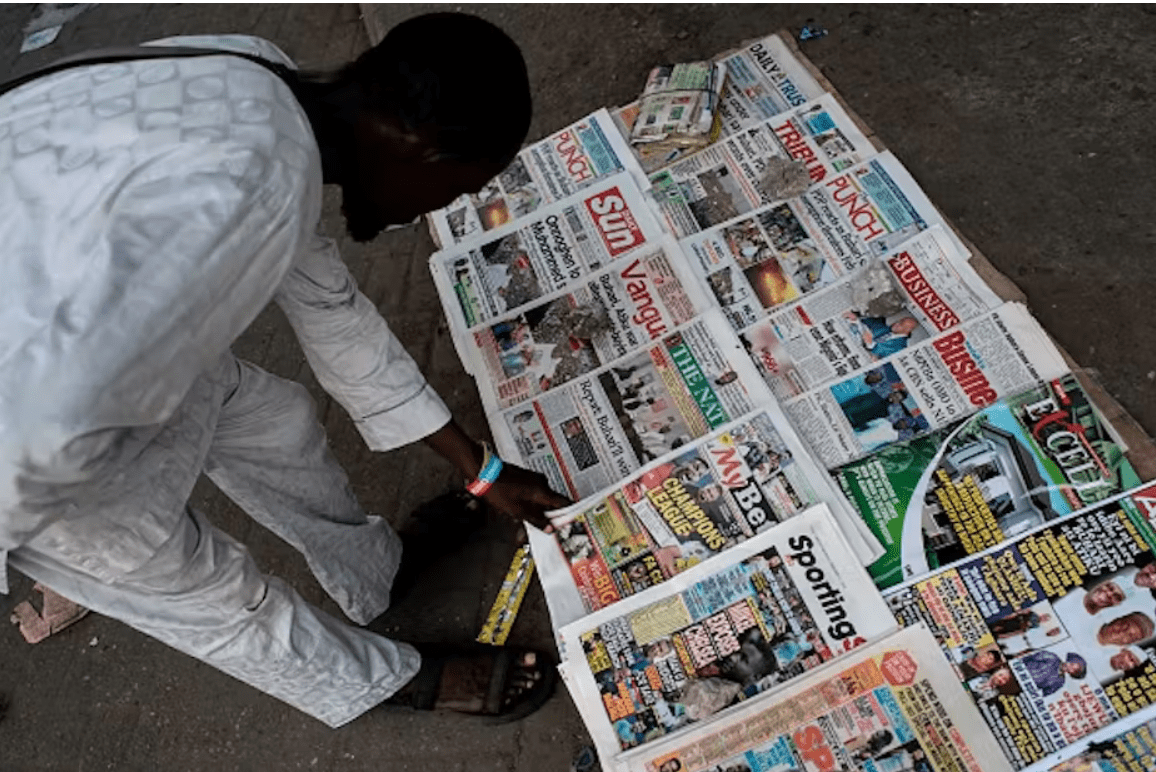How can the news media represent women’s voices better? The answer might be in a recent report, “From outrage to opportunity: How to include the missing perspectives of women of all colors in news leadership and coverage”.
The report was written by Luba Kassova, the award-winning evidence-based storyteller, and commissioned by the Bill & Melinda Gates Foundation. It is based on extensive research in South Africa, Kenya, Nigeria, India, the UK and the US. The report discusses gender parity in news leadership and production, as well as news coverage.
Socio-economic and patriarchal structures have long determined and usually hampered women’s entry and ascendance in society and the workplace. But the news media provide a very particular case of gender discrimination. This is especially through the hurdles and threats the contemporary media sphere presents to women journalists.
Research outlining gender imbalances remains scarce and uneven across media platforms, organisations and national contexts. This means that the effect of gender on decisions about the structure and content of news media is left unaddressed.
Research on female leadership in the news media is scarce too. This makes the “From outrage to opportunity” report even more important.
The report shows that women in the six countries surveyed remain severely underrepresented in editorial leadership and in news coverage. Their voices are excluded in shaping public discourse in the male-dominated industry. Ensuring better representation of women’s voices in the news media would change not only the industry, but also public discourse.
Other studies show that where women control news content, it tends to be more gender sensitive and representative. Women journalists are also more likely to challenge gender stereotypes, raise gender inequality issues, and reference legislation or policy that promote gender equality or human rights.
On the upside, the “From outrage to opportunity” report focuses on solutions. It makes a case for addressing the gender gap in news consumption. This provides a multi-billion-dollar revenue opportunity for a struggling global news industry. The report argues that, if the gender gap were to be addressed and women better represented in the news media, the industry could grow female audiences exponentially. It estimates that closing the gender consumption gap could generate as much as US$83 billion over the next 10 years.
Patriarchy and sexist attitudes
Worldwide, women still battle patriarchal and sexist attitudes as well as non-supportive or non-existent policy environments. These contribute to women media workers fighting uphill battles to reach the higher echelons of the industry.
The scarcity of women journalists in senior editorial positions and at board level remains an obstacle to gender parity. Research by the Reuters Institute at Oxford University analysing top media outlets in 12 countries across four continents shows that only 22% of top editors are women. In the South African news media, some positive inroads have been noted. Women hold 46% of senior management positions and 36% are in top management.
In most countries, there is still a pay gap between men and women journalists, including in South Africa. Research also shows an increase in the harassment of women journalists through social media. So-called cyber bullying is disproportionately directed at women journalists.
Particularly dire is the situation of women of colour. The “From outrage to opportunity” report says women of colour in South Africa, the UK and the US experience even greater marginalisation or outright exclusion from news leadership roles.
The argument made is that if women of colour were represented in senior positions in proportion to their percentage in the working population, their numbers in these roles would be three times higher in the US, 2.2 times higher in South Africa and 1.2 times higher in the UK. Of course, in South Africa people of colour are the majority.
South Africa does present a slightly different scenario. It leads among the six countries on representation of women in news leadership. This is attributed to its liberal and equitable constitution. The country also has the highest gender parity in terms of reporting on business and economics, health and to some extent politics.
Compared to the UK and the US, South Africa has seemingly made greater strides towards gender equity in some areas. In the UK, no women of colour occupy the most senior editorial positions in politics, foreign affairs and health news beats. In South Africa, 29% of political editors are women of colour, while their proportion in the population is 46%.
Importantly, the women of colour interviewed for the report perceived newsrooms as being fearful or unwilling to deal with lack of diversity or cultural exclusion. Consequently, women of colour often faced the impossibly onerous expectation that they should resolve the problem of their own under-representation and exclusion from newsrooms and leadership. This has also been well documented and confirmed in earlier studies of the South African news media. Where gender parity in the newsroom might have been reached, women’s experiences still talk to a wide range of impediments to real gender equality.
Costly lost opportunity
Globally, research by the Global Media Monitoring Project on gender equity in the workforce, news production and editorial decision making over 20 years shows that progress has been very slow. The organisation estimates that at the current pace at which equity is being achieved, it will take another 67 years to close the average gender equality gap in traditional news media.
However, as the “From outrage to opportunity” report concludes, there are no quick fixes or silver bullets. Women’s voices and participation need to be amplified on each step in the news value chain, whether in leadership, news production or consumption. Acknowledging the impact that increased women’s participation could have on revenues in the media industry – where new business models are sorely needed – is a first and important step.
Source:https://theconversation.com


